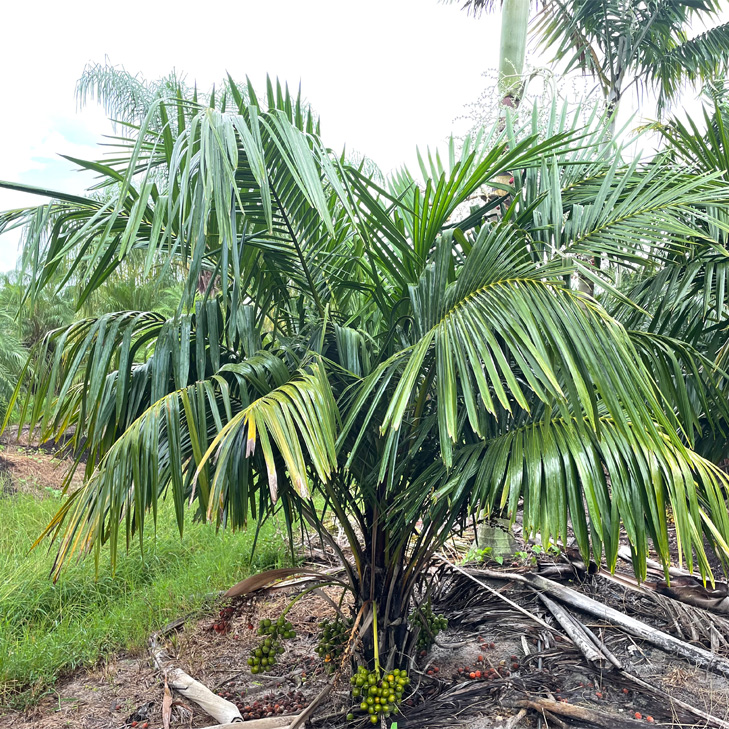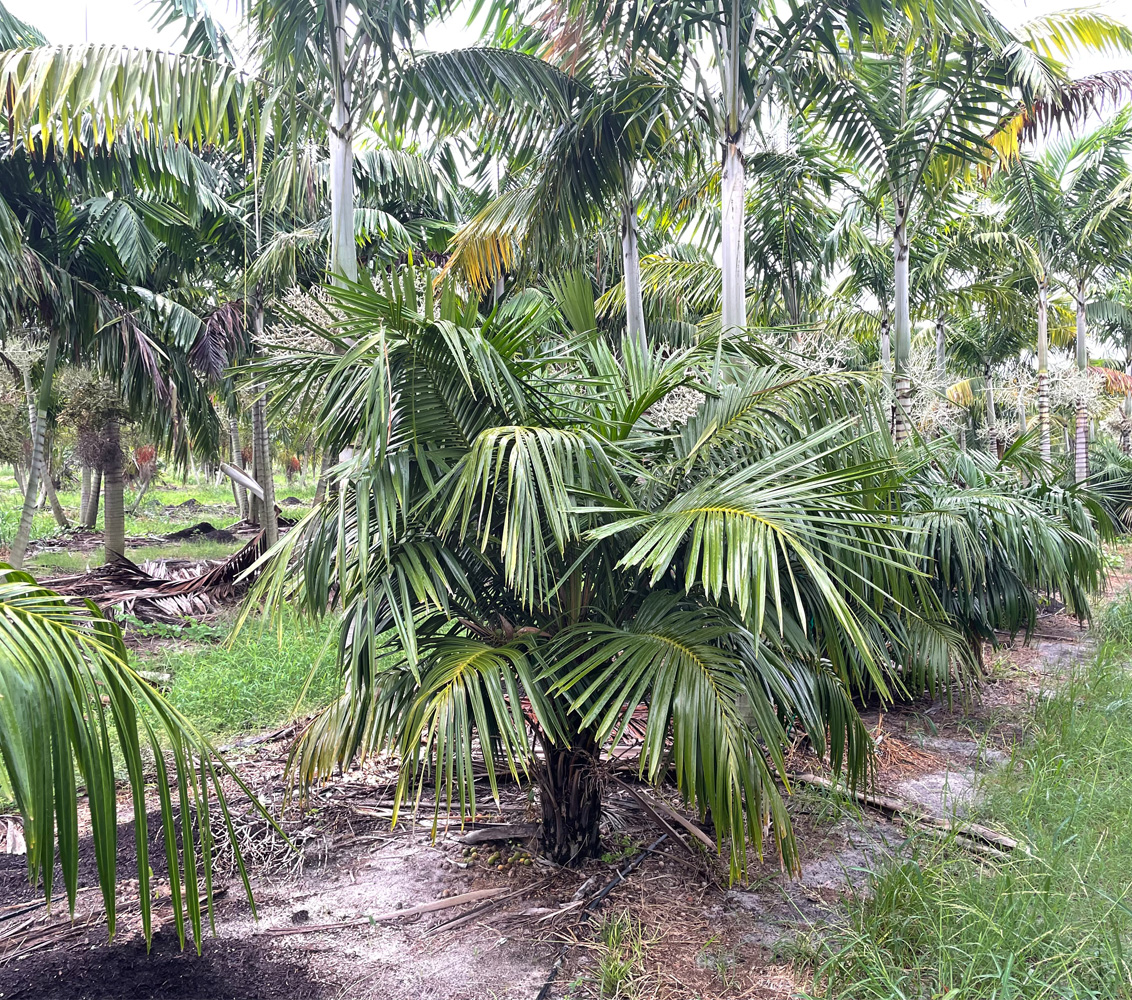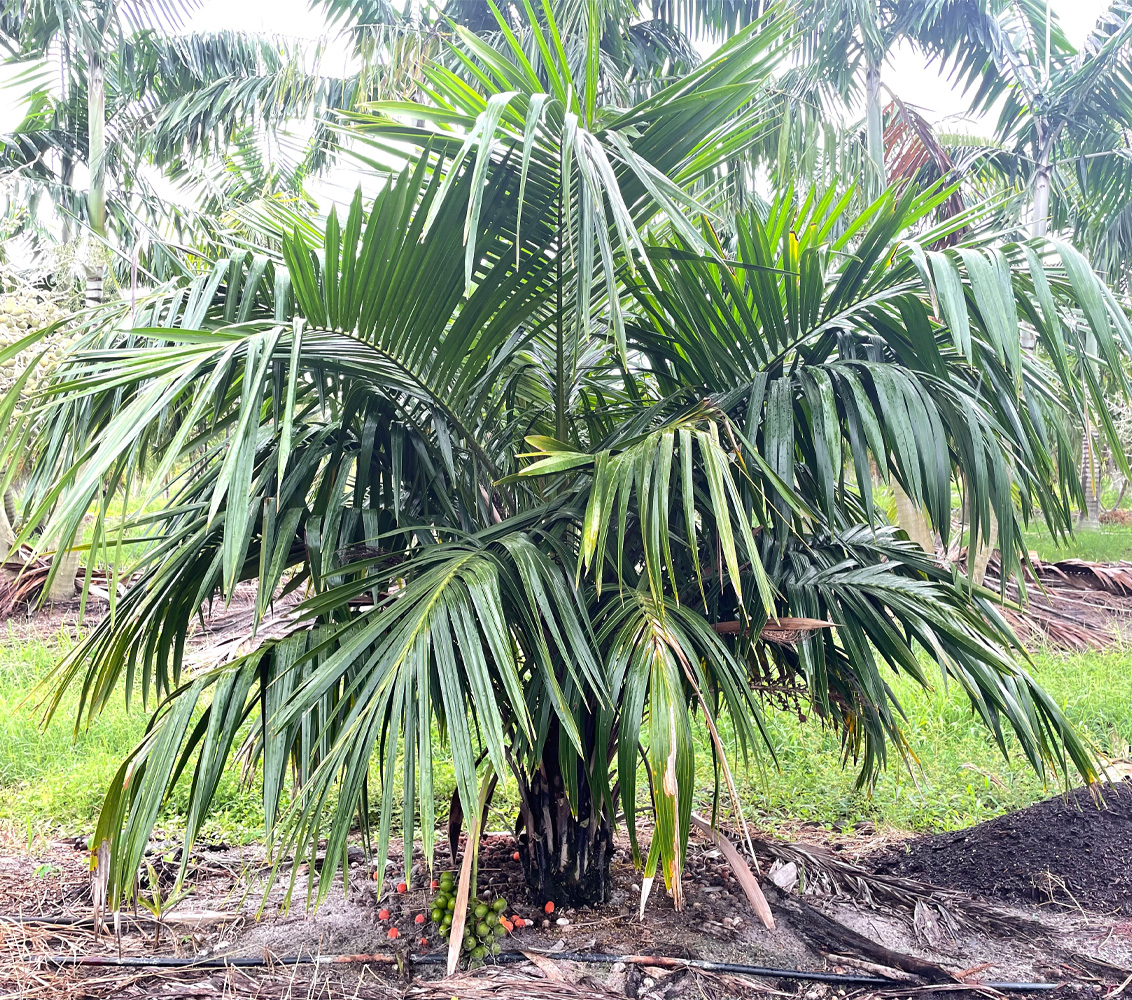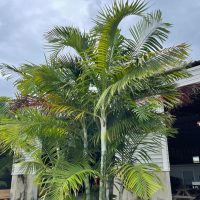Palms
Palms
- Arikury Palm
- Pemba Palm
- Nitida
- Ribbon
- Thatch
- High Plateau Coconut Palm
- Sylvestris
- Triangle
- Washingtonia
- Windmill
- Alexander
- King Alexander
- Lady
- Montgomery
- Caranday
- Adonidia
- Bottle
- Canary
- Chinese Fan
- Dwarf Sugar
- European Fan
- Fishtail
- Foxtail
- Coconut- Green Malayan
- Coconut- Maypan
- Mule
- Paurotis
- Pindo
- Queen
- Reclinata
- Roebelenii
- Royal
- Sabal
- Silver Bismarckia
- Areca
Our Nursery
Select Palms:
Arikury Palm
-
Common Name:
Arikury palm / Parrot palm
-
Scientific Name:
Syagrus schizophylla
-
Zone:
9B-11
-
Typical Height:
15′ to 16′ OA
-
Origin:
Brazil
-
Drought Tolerance:
High
-
Salt Tolerance:
Moderate
-
Growth Rate:
Slow
Description
When creating a highly tropical look in a tight space, the Arikury Palm, which has a maximum height of 15 to 16 feet, will be the perfect choice!
Also known as the Parrot Palm or Parrot Beak Palm, this unique feather-leafed palm is native to the Atlantic coast of central Brazil where it grows in sandy soil and features a distinctively different look compared to most other palms.
Spiky, vertical, elongated leaf scars on the 5-inch thick trunk form a rugged spiral pattern that leads up to full, deep green fronds that are typically 4 to 6 feet in length and grow upright.
Like their relative the Queen Palm, these palms are quite cold hardy and will tolerate cold dips to the high 20s.
Like many slow to moderate growers, Arikury Palms are low-maintenance plants that rarely require trimming of spent fronds. If you have to trim a frond, be sure to leave about 3 inches of stalk to maintain the trunk’s spiky look.
The Arikury Palm starts flowering when still young, and the inch-long, bright orange-yellow, coconut-like fruits that follow winter and spring flowers add to its charm.
Use the Arikury Palm in pool cage planters, entryway accents, in a row along a garden path, or as an understory specimen for taller palms and trees. It also makes an attractive stand-alone specimen in small yards.
Call Palmco today at 239-283-1329 and ask us about these unique palms that are new to most landscapers.
Related Products





